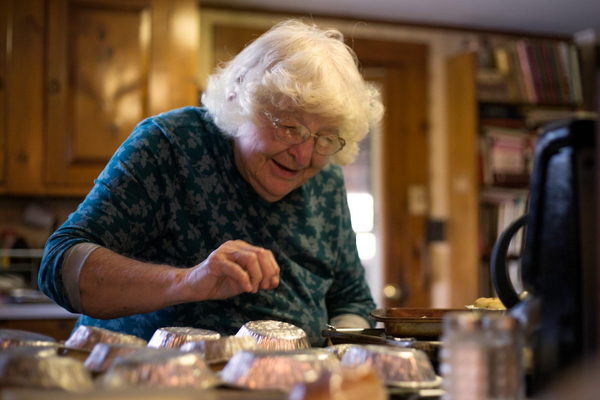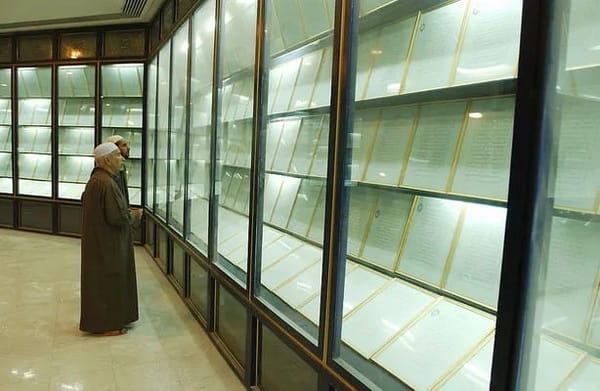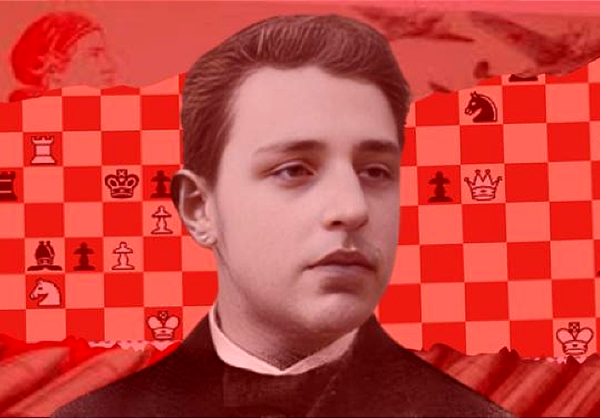Blue jeans were actually invented in the 1600s
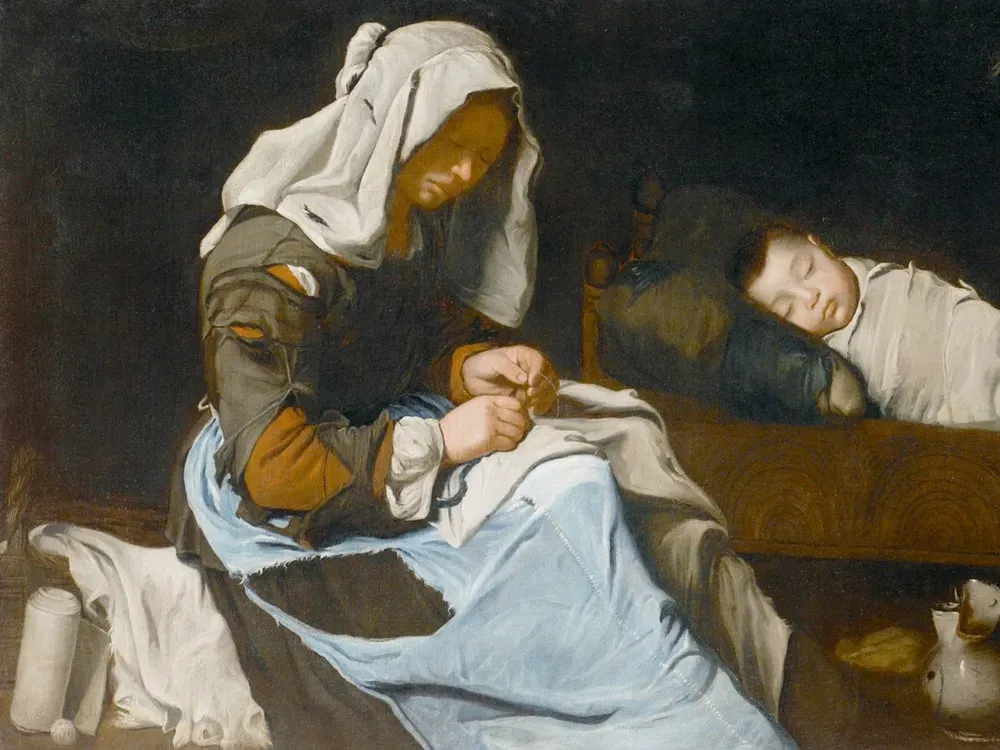
From The Smithsonian: "An upcoming show at Galerie Canesso features two paintings by a mysterious artist who was active in northern Italy in the 1600s. The painter’s oil canvases depict early iterations of the stiff blue fabric beloved today, as worn by Italian peasants. According to a statement, the pieces have proved to be important artifacts in garment history, pushing back the provenance of blue jeans by centuries. When Levi Strauss started selling denim work pants in the late 1800s, he merely added metal rivets and structure to a fabric that already boasted a storied European past. Jeans come from Genoa, while denim comes from the French city of Nîmes. Until the 11th century, no one could wear blue fabric because they didn’t know how to make blue color adhere; the genius of the Genoese was to find the indigo stone in India and make it a low-cost process."
General Weyler and the New York City Army Cats of 39 Whitehall Street
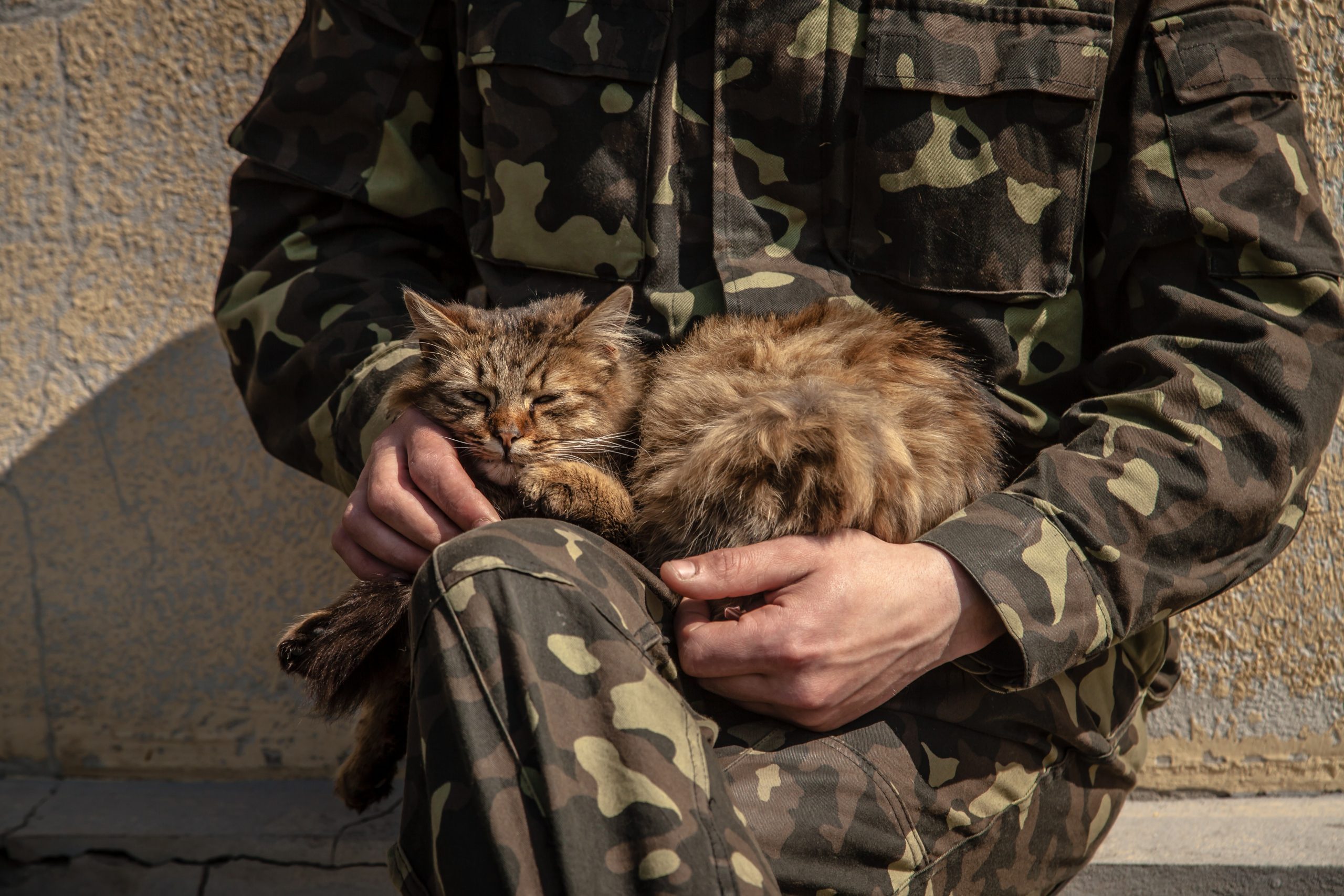
From Hatching Cat: "General Weyler was a cat. Not just any cat, but a veteran in a troop of Army cats who served their country in the commissary storehouse in New York City’s Army Building at 39 Whitehall Street. In Old New York, most warehouses and other large buildings in Lower Manhattan were infested with mice and rats. The best soldiers cut out for the job of extermination were the Army cats. Cats were first employed by the U.S. Army shortly after the end of the Civil War. In July 1898, America was involved in the short-lived Spanish-American War. During this time, many of the Army cats had names affiliated with Spain and the war. One of the cats serving in New York City was Queen Regent (named for the queen regent of Spain, Maria Cristina De Habsburgo-Lorena). There was also General Blanco (named for Ramón Blanco, the Captain-General of Cuba)."
The first US constitutional convention in 1787 proposed some bizarre ideas
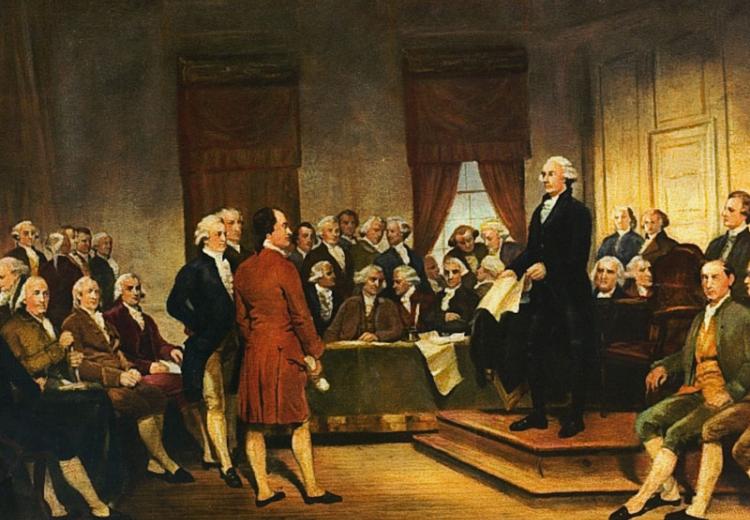
From Mental Floss: "Imagine an alternative universe in which there’s not one president of the United States—but three. Picture Theodore Roosevelt, William Howard Taft, and Woodrow Wilson all serving as co-presidents after the election of 1912, their Oval Office desks abutting like Gen Z coders at WeWork. Yes, it sounds like the premise for a sitcom. But if a handful of Founders at the Constitutional Convention in 1787 had voted differently, it might have been reality. All sorts of bizarre and fascinating notions were tossed around: Benjamin Franklin suggested that instead of a president, Congress appoint a 12-person executive council whose members would serve for staggered three-year terms. Alexander Hamilton gave a speech advocating that the states be abolished, saying it would be much more efficient to have a single government."
Editor's note: If you like this newsletter, please share it with someone else. And if you really like it, perhaps you could subscribe, or contribute something via my Patreon. Thanks for being a reader!
In England in the 1800s, spring meant one thing: Strawberry parties

From Atlas Obscura: "In England and North America, May and June once meant the return of an exciting seasonal celebration: the strawberry party. Jane Austen’s 1815 novel Emma depicts a June strawberry party hosted by the landowner Mr. Knightley. With the help of the boorish Mrs. Elton character, the reader gets a good idea of what strawberry parties of the time could look like. Mrs. Elton gushes about the large bonnet she will wear, and the little basket decked out in pink ribbon that she will carry to pick strawberries in Mr. Knightley’s garden. Americans quickly picked up on the idea. Six Months in America, published in 1832, describes a strawberry party in Baltimore, held at a country house, surrounded by gardens and pleasure grounds. Attendees waltzed on the lawn until it became too dark, and to refresh themselves, the dancers had strawberries and cream, ices, pineapples, and champagne."
Taylor Camp was a short-lived bucolic hippie outpost on the island of Kauai

From Worldwide Waftage: "In 1969, Howard Taylor – brother of actress Elizabeth Taylor – became frustrated over his ability to obtain zoning to build on his gorgeous strip of oceanfront property at the end of the island of Kauai, which the county wanted as parkland, so he gave up the battle and offered residency on the land to a group of jailed-for-vagrancy-hippies as a camp. Over the next several years the group of hippies that camped on the land grew not only as babies were born but from the addition of other refugees finding their way to what they perceived was an idyllic environment for their simple lifestyle of farming for their own use, smoking marijuana, nudity with a goal for a lack of strife. Eventually, the county won and in 1977 the land was condemned and the huts, tree houses and tents were burned while the hippies were driven away."
She was a Filipino spy who used her leprosy to help the war effort

From Wikipedia: "As the Japanese invaded the Philippines in 1942, Josefina Guerrero reached out to a friend, expressing her desire to become a soldier, and tracked down a man who was a member of the resistance. The man responded that they did not accept children (she was twenty four). Guerrero retorted that he would be surprised what children can do and reminded him that Joan of Arc was a young girl. She joined as a spy, and as her disease worsened, Japanese soldiers avoided her as soon as they saw the telltale lesions. They frequently conducted full body searches of Filipinos but left Guerrero alone. She successfully transmitted secret messages, information, weapons, and vital supplies to the resistance and soldiers, and later mapped out Japanese gun emplacements."
This sport is a combination of table tennis and soccer called teqball
This sport is called teqball pic.twitter.com/z2rDLdOGQi
— Interesting Things (@interesting_aIl) May 12, 2024
Acknowledgements: I find a lot of these links myself, but I also get some from other newsletters that I rely on as "serendipity engines," such as The Morning News from Rosecrans Baldwin and Andrew Womack, Jodi Ettenberg's Curious About Everything, Dan Lewis's Now I Know, Robert Cottrell and Caroline Crampton's The Browser, Clive Thompson's Linkfest, Noah Brier and Colin Nagy's Why Is This Interesting, Maria Popova's The Marginalian, Sheehan Quirke AKA The Cultural Tutor, the Smithsonian magazine, and JSTOR Daily. If you come across something interesting that you think should be included here, please feel free to email me at mathew @ mathewingram dot com

